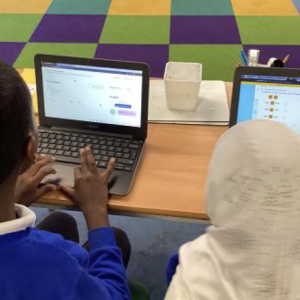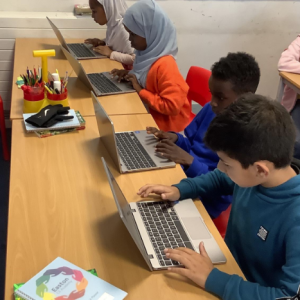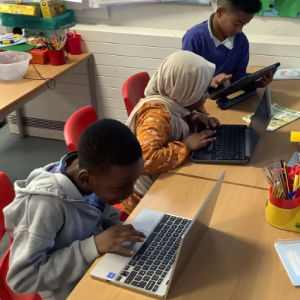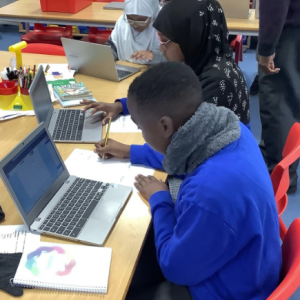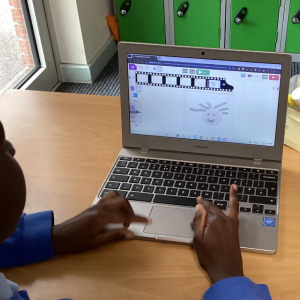Computing at Easton
Intent
Technology is changing the lives of everyone. Through teaching computing, we equip our children to participate in a rapidly changing world where work and leisure activities are increasingly transformed by technology.
It is our intention to enable children to find, explore, analyse, exchange and present information.
We also focus on developing the skills necessary for children to be able to use information in a discriminating and effective way.
Computing skills are a major factor in enabling children to be confident, creative and independent learners and it is our intention that children have every opportunity available to allow them to achieve this.
National curriculum for computing and our progress of skills within each milestone aims to ensure that all pupils:
Confident in using code and can understand and apply the fundamental principles and concepts of computer science, including logic, algorithms and data representation
When coding, pupils can analyse problems in computational terms, and have repeated practical experience of writing computer programs in order to solve such problems
Effectively communicate and can evaluate and apply information technology, including new or unfamiliar technologies, analytically to solve problems
Able to connect with others responsibly and are competent, confident and creative users of information and communication technology
Implementation
From EYFS through to year 6, computing is taught weekly using the Purple Mash programme of learning.
Knowledge and skills are mapped across each topic and year group to ensure systematic progression.
The implementation of the curriculum ensures a balanced coverage of computer science, information technology and digital literacy.
Children will have experiences of all three strands in each year group, but the subject knowledge imparted becomes increasingly specific and in depth, with more complex skills being taught, thus ensuring that learning is built upon.
For example, children in Key Stage 1 learn what algorithms are, which leads them to the design stage of programming in Key Stage 2, where they design, write and debug programs, explaining the thinking behind their algorithms.
